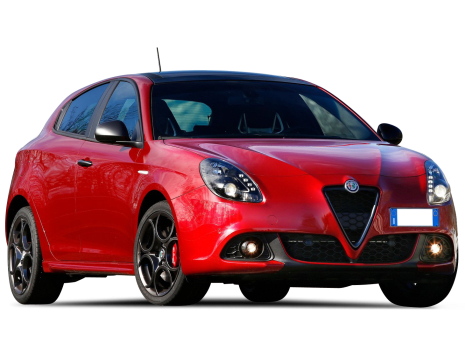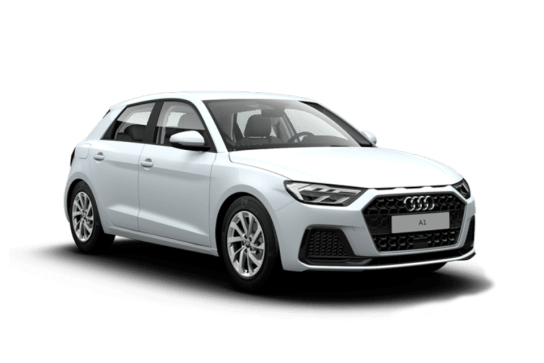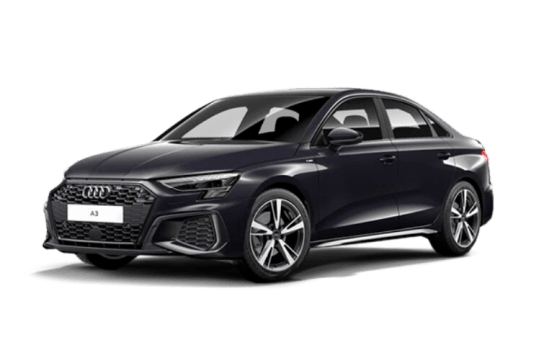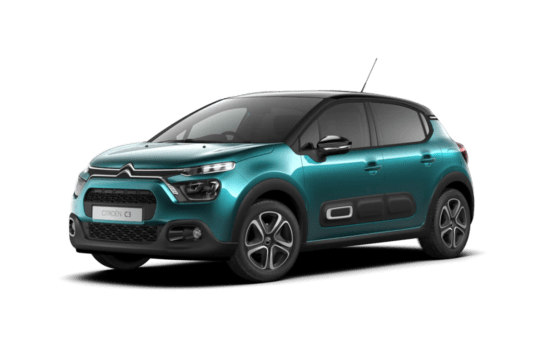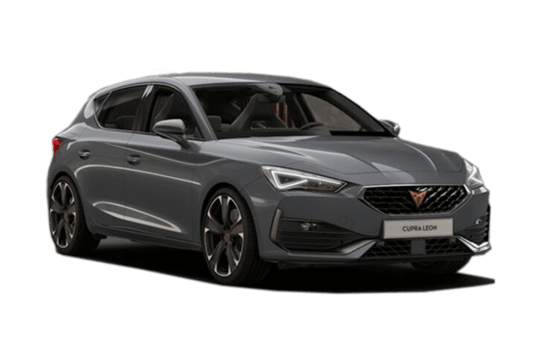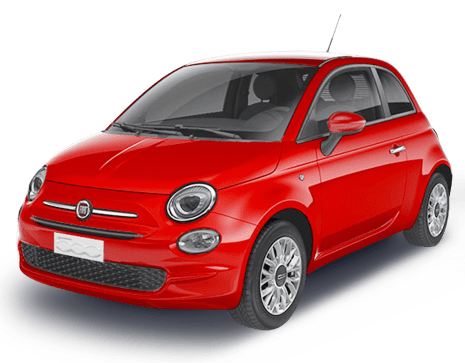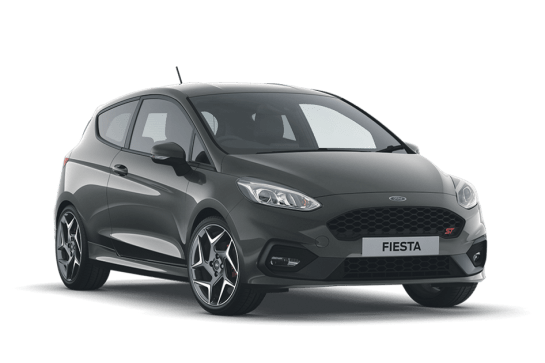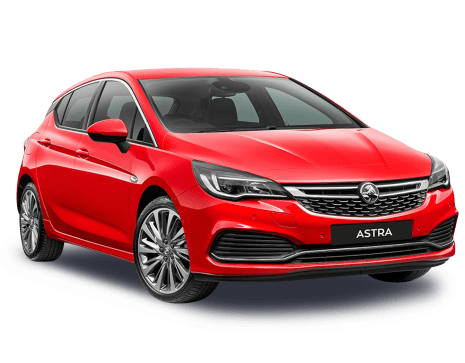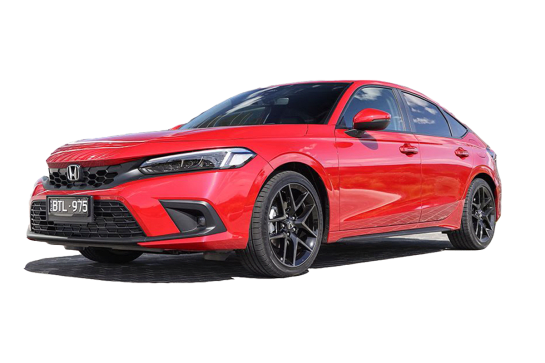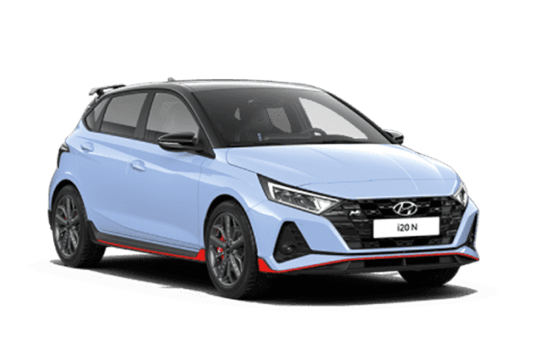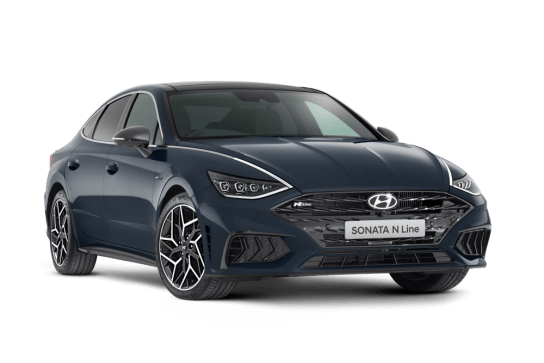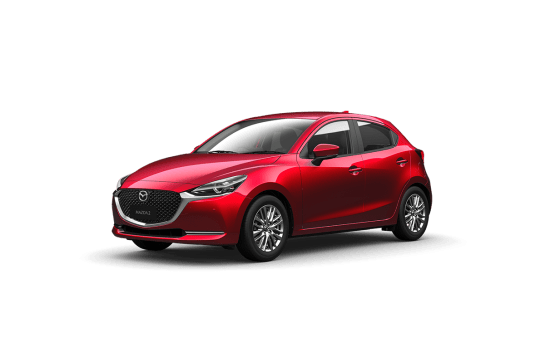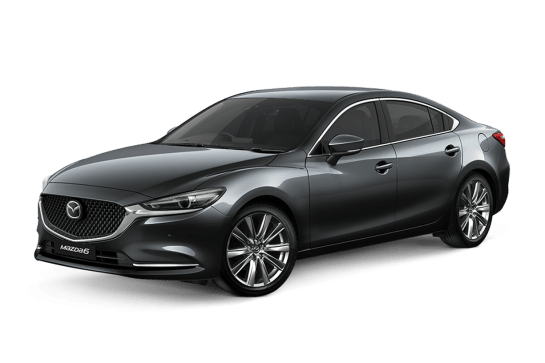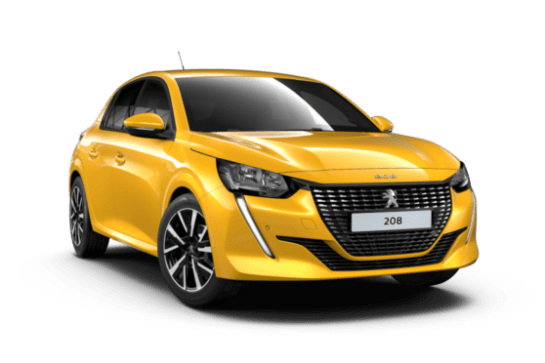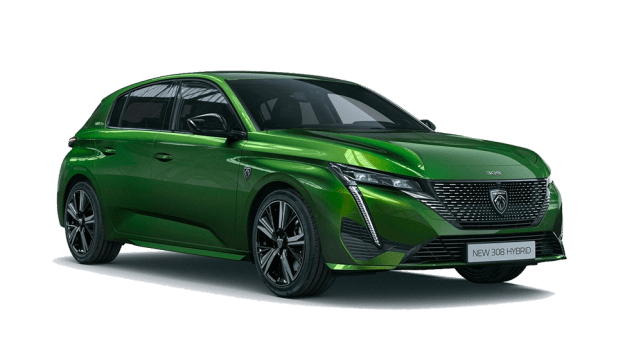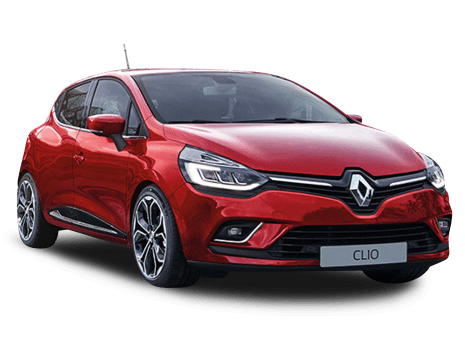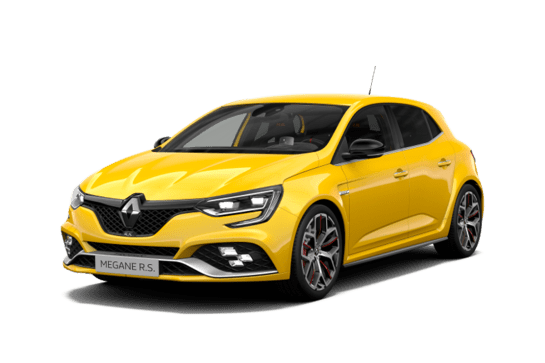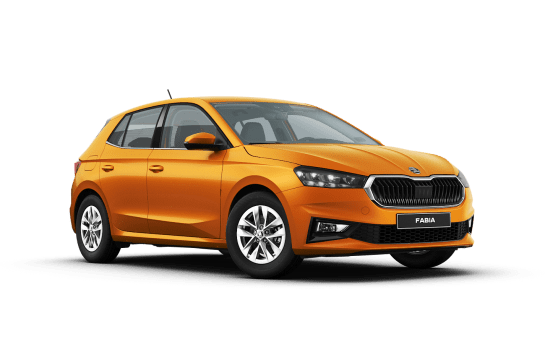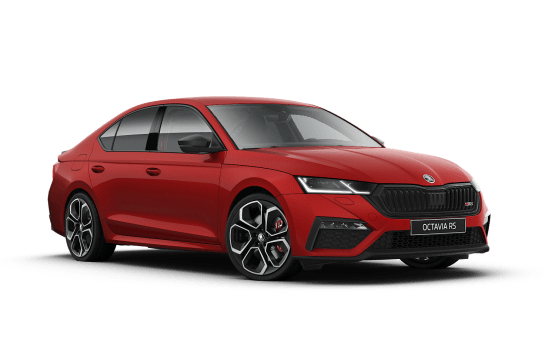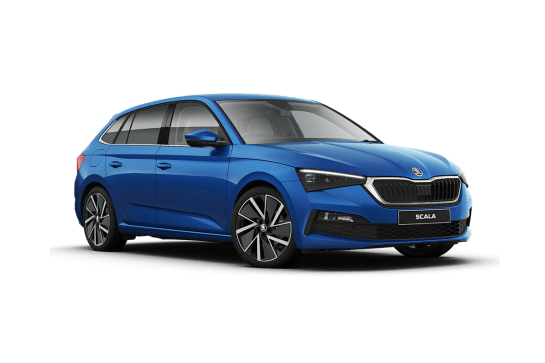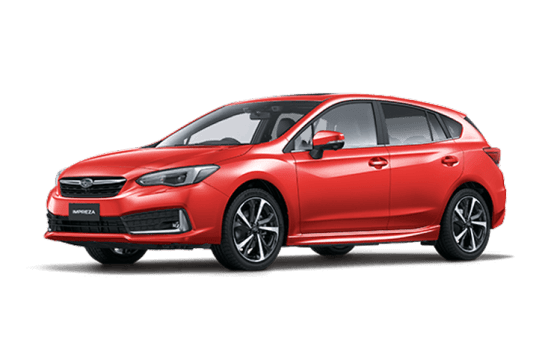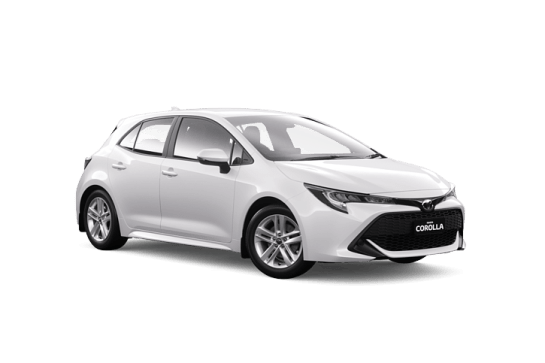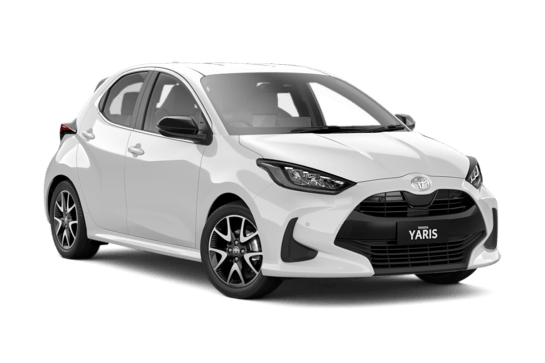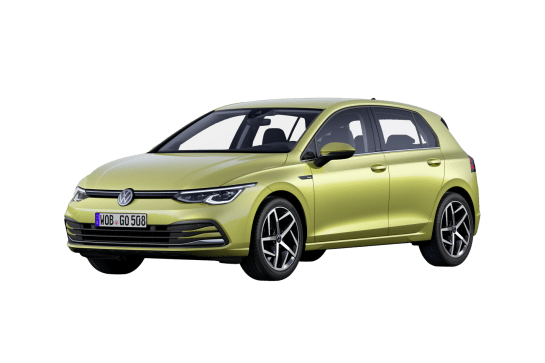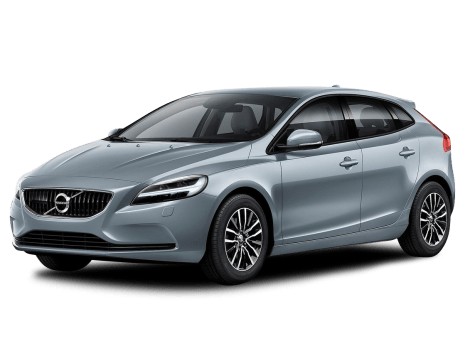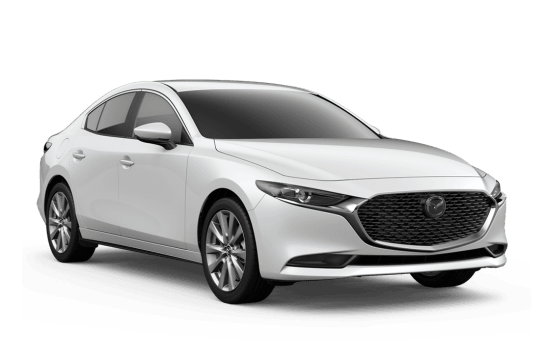
Mazda3 VS Skoda Octavia
Mazda3
Likes
- Stunning design
- Superb cabin presentation
- Athletic handling and control
Dislikes
- Small boot
- Gloomy rear seat
- No more manual
Skoda Octavia
Likes
- Neatly packaged with good features
- Attractive kerb-side presence
- Clever storage spaces
Dislikes
- On the smaller side for a 'mid-size' wagon
- No option packs
- Rear row tight for three adults
Summary
Mazda3
Half a decade on, the current-generation Mazda 3 has weathered a world of change.
Cheap cars have vanished. Electric vehicles are commonplace and the small car class it belongs to has been decimated by SUVs. Big names like the Ford Focus, Holden Astra and Mitsubishi Lancer are history.
But while it looks identical to the car unveiled at the 2018 LA Auto Show, today’s Mazda 3 has also evolved, albeit gently.
Read more about
Let’s see how competitive the latest and improved (as well as more expensive) version is.
| Safety rating | |
|---|---|
| Engine Type | 2.5L |
| Fuel Type | — |
| Fuel Efficiency | 6.6L/100km |
| Seating | 5 seats |
Skoda Octavia
The Skoda Octavia Wagon has had a minor facelift in terms of its design and technology. We're family-testing the 110TSI Select, which is the base model and replaces the previous Style variant.
But in a world dominated by SUVs, is there room for the humble station wagon anymore? Let's find out.
Read more about
- New model to challenge Tesla Model Y's dominance? Electric car with more than 560km range due to arrive in Australia next year in the form of the 2025 Skoda Elroq
- European car price slashed by $10,000: Last examples of current-gen Skoda Superb on run-out as larger wagon alternative to Toyota Camry, Mazda6, Hyundai Sonata and Honda Accord
- Sporty seven-seat family SUV matches iconic hot hatch for pace: New-look 2025 Skoda Kodiaq RS outpaces Volkswagen Tiguan R-Line and equals Golf GTI off the line
| Safety rating | |
|---|---|
| Engine Type | 1.4L |
| Fuel Type | — |
| Fuel Efficiency | 6.2L/100km |
| Seating | 5 seats |
Verdict
Mazda38.5/10
Given how effortlessly it traverses the mainstream and premium small car classes, the Mazda 3 might be the best value small car on the planet.
With racy styling, sports car handling, classy interior presentation and impressive, intelligent efficiency, there’s plenty to sink your teeth into here.
Poor rear vision, a dark back-seat area and smallish boot aside, it doesn’t have any glaring faults.
In a world overrun with SUVs, props to Mazda for evolving the small car so brilliantly to mask a half-decade of existence. Continuous improvements have made the 2024 G25 Evolve SP Vision an essential small car shortlist proposition, regardless of price.
Skoda Octavia8.3/10
Wagons are my favourite style of family car and the Skoda Octavia Select offers great value-for-money. It’s on the smaller side for passenger hauling but is still a comfortable ride and has great ongoing costs. This is one to consider if you don’t want a massive SUV but still need some space.
Design
Mazda3
How is it that the current Mazda 3 is already five years old? This hatchback is still stunning, the sort of car you look back at when walking away.
The shape is sleek and almost coupe-like, with a shark-like nose, cab-backward-style long bonnet, upswept shoulder line and a fastback silhouette.
More importantly, it’s the way the light dances across the sculptured sides that draw the eyes in. Bereft of clutter, it makes you wish all mainstream manufacturers had the courage to be so daring.
We’ve said it before – the 'BP'-generation Mazda 3 (Axela in Japan) is the brand’s boldest C-segment hatch since the 1993 'BA' 323 (Astina/Lantis/323F).
But there’s a price to pay for such timeless beauty…
Skoda Octavia
The Octavia wagon is sporty-looking with its compact dimensions and sharp pleating, particularly across the rear. The tail-lights have been restyled, as have the 18-inch alloy wheels.
The facelift also sees new dusk-sensing LED headlights replace the previous matrix LEDs, which admittedly is a bit of a downgrade as you miss out on the anti-dazzling feature matrix LEDs have but the dusk-sensing function is handy if you're a 'set and forget' type of headlight user.
The interior is downright nice and not even for a 'base model'. The dashboard gains some fabric and soft-touch grey accent panelling which creates interesting focal points and feel nice underhand.
The mix of black synthetic leather and mottled grey fabric upholstery creates a warm and friendly cabin space, however, fabric always makes my eye tick with my eight-year old around!
Practicality
Mazda3
There is a price to pay for all this quasi-coupe styling flair, and that’s a comparatively snug-feeling interior, though you’d never call it cramped.
Actually, the Mazda 3 is no less spacious than most of its competition in all but one area, with enough room even for 200cm drivers, along with sufficient shoulder width and ceiling height to match.
If you’re really tall, maybe that missing sunroof isn’t such a bad thing, after all.
Sat so low-down on cushy, enveloping front seats that offer plenty of comfort and support, this is the anti-SUV. Maybe Mazda should have called this the MX-3.
Sporty and spot-on, the driving position is a laid-back affair, with an emphasis on better ergonomics, as emphasised by the thoughtful placement of switchgear that’s all within easy reach, ahead of a beautifully flowing and layered dash. Proudly Japanese in flavour, it brings to mind functional minimalism.
Drilling into some of the 3’s finer interior details, the analogue-look digital instrumentation is super-legible, ultra-classy and gorgeously lit at night. As previously mentioned, the dials and surrounding air vents are reminiscent of the later Porsche 944 and 968.
It’s not just all for the sake of aesthetics, either.
Yes, it’s lovely, but the thinned-rim three-spoke steering wheel feels great to grip, with nifty little paddle shifters that are a delight to prod.
Same goes for the physical volume knob and climate-control buttons, sidestepping the need to get distracted and frustrated by virtual sub-menus.
And having a conventional gear lever with old-school Tiptronic-style shifts suits the 3’s athletic vibe.
Plus, forward vision is A-OK, ventilation is faultless, storage is better than you might expect, and the fit and finish is as good if not better than any of this 3’s German premium opponents.
Out back, the split-fold rear backrest is set at a comfortable angle, the cushion is well padded, and you’re provided with USB ports, air vents, and an armrest with two cupholders. More thoughtfulness.
But while knee room is fair, rear headroom isn’t great if you’re tall or wear a beehive, as the falling ceiling line reveals.
Vision out is limited by that rising window line and fat pillars. Getting in and out of the back requires some contortionist moves. And the small windows mean it can be gloomier in the back than a Smiths album.
Finally, at just 295 litres, the 3’s cargo capacity is disappointing. Sure, it eclipses the Corolla hatch’s 217L cubby, but other rivals are far larger back there.
At least the floor is wide and flat and there are 60/40-split backrests for cabin access for longer items.
Note that a space-saver spare wheel lurks underneath. Mazda argues there’s always the closely-related CX-30 if you need (slightly) more space (317L).
Meanwhile, at the other end of the 3…
Skoda Octavia
The Octavia wagon utilises the space available in its mid-sized body well but there's no hiding that it's on the smaller side for a family hauler.
Front passengers enjoy the most head- and legroom, and even with a co-pilot, you're not fighting for elbow room, either. The rear seat offers plenty of space behind my driving position but I'm 168cm tall and it might not be as comfortable if you're hitting 180cm or more.
The width of the rear seat makes it feel snug when the armrest is down and the door closed. However, it's the fixed storage cubby that sits on top of the transmission tunnel which spells trouble for any adult middle-seater.
The cubby houses two USB-C ports and collapsible drink bottle holders, making it a firm utility and storage space. So, it's best to think of the rear row as a two-seater.
All seats (except the middle) offer decent comfort with thick spongy padding, wide seat backs and long under-thigh support. The front seats have manual lumbar support adjustment which alleviates fatigue on longer journeys.
Storage is great throughout the car and both rows get two cup holders and two drink bottle holders, as well as storage bins in each door.
The glove box is large enough to hold a manual and some other bits and pieces but the middle console is on the small side. The large phone cubby that houses the wireless charging pad and two USB-C ports draws your attention away from this, though.
There is a drawer on the drivers side, as well as an umbrella holder in the driver's door and a brush (not sure what for) in the passenger door. A sunglasses holder rounds out the storage in the front.
The boot offers great capacity with its 640L (up from 600L for the sedan version) and the multiple luggage tie-down points and nets, as well as the ski-thru port open up your storage choices.
You miss out on a powered tailgate in the base model but the lid isn't hard to operate and you get a handy toggle to pull it down.
The upgraded tech is easy to use and looks great - always a good combo. There's not much in the way of customisation for the new multimedia touchscreen but the screen is responsive and the menus are easy to access.
There are also physical buttons which act as menu shortcuts and they're very helpful while on the go.
The satellite navigation and wireless Apple CarPlay/Android Auto are simple to connect and the CarPlay maintained a steady connection for me.
Price and features
Mazda3
Mazda has rationalised the MY24 3 range, with fewer grades and no more manuals, sadly.
The pretty little piece of automotive industrial design you see here is the mid-range Evolve SP Vision, which sounds less like a car and more like a posh hairdryer from Vidal Sassoon.
Priced from $36,520 before on-road costs (or about $41K drive-away before you start haggling), this Mazda 3 is a sporty and well-equipped alternative to the likes of the speedy Hyundai i30 N-Line Premium, spacious Kia Cerato GT Turbo, new Subaru Impreza AWD 2.0R and evergreen Toyota Corolla ZR. All cost roughly the same money.
The thing is, do Mazda’s upmarket aspirations mean the 3 possesses the ride quality and chic to embarrass at times substantially more expensive hatchbacks with premium pretensions? We’re talking rivals like the BMW 1 Series, Mercedes-Benz A-Class, Peugeot 308 and VW Golf, here.
Stay with us, because we reckon you might be surprised by how far the 3 has come since its humble 323 predecessors.
Anyway, this version comes with most of the good gear, including a full suite of driver-assist safety tech like front and rear Autonomous Emergency Braking (AEB), blind-spot alert, lane-keep assist and adaptive cruise control, as well as keyless start and walk-away lock, powered driver’s seat with memory, 360-degree camera views, a head-up display, digital radio, sat-nav, auto tilt/folding exterior mirrors, dual-zone climate control, Bluetooth phone/audio connectivity and 18-inch alloys.
Oh, and for 2023, an upgraded version introduces a smartphone charger and wireless for the Apple CarPlay/Android Auto function, along with USB-C port access front and rear.
What’s missing at the Evolve SP Vision’s price point? Some mainstream rivals offer leather and a sunroof, available respectively in the more-expensive GT Vision, from $40,000, and flagship Astina grades, from nearly $42,500.
Still, that’s quite a lot of small car for the money, given the quality of the presentation and design. Speaking of which…
Skoda Octavia
There are three variants for the new Octavia wagon and the line-up begins with our test model, the Select grade, which is priced from $41,090 plus on-road costs. That said, Skoda is offering a national drive-away price of $43,990 at the time of writing. The Select is the first facelifted model to hit our market, with the rest following early next year.
Sadly, there aren’t all that many wagons left to compare the Octavia to and the nearest rival is the Mazda6 Sport wagon which is a smidge more affordable at $37,590 MSRP.
After that you have to jump up a few price brackets for a similarly sized wagon, like the Volvo V60 Ultra which sits at $74,990 MSRP.
The Skoda's facelift brings with it a host of new features that either used to be a part of an option pack or was only available on the top model.
The cabin now gets wireless Apple CarPlay and Android Auto, a wireless phone charger with ventilation function and design tweaks to the dashboard, including an upgraded 13-inch multimedia screen (up from the previous 10-inch screen).
The safety sheet gets a look in, too, with the addition of rear collision warning, lane centering aid, emergency assist and adaptive cruise control with a stop and go function.
Otherwise the standard kit includes keyless start but annoyingly, not keyless entry (via a proximity key), satellite navigation, a 10-inch digital instrument cluster with upgraded software and dual-zone climate control. There are a total of five USB-C ports, including one mounted near the rearview mirror, rain-sensing wipers and dusk-sensing LED headlights.
For a base model, the Select offers great value for money.
Under the bonnet
Mazda3
When you think about it, shoehorning a big torquey engine in a light and agile small car is a recipe for fun. Ford did just that with the Escort RS2000 in the 1970s… and Mazda’s now an expert at it, too.
The engine in question is the G25, a 2.5-litre four-cylinder naturally aspirated twin-cam petrol engine, delivering 139kW of power at 6000rpm and 252Nm of torque at 4000rpm.
As this Evolve SP Vision hatch tips the scales at 1415kg, it makes for a healthy, and consequently very lively, power-to-weight ratio of over 98kW/tonne.
That’s if you decide to use all the available revs, which the six-speed torque-converter auto makes great use of.
Driving the front wheels, it offers a 'Sport' mode to extend the revs even more, which is keeping in line with this Mazda’s sporty character.
Less so is the company’s decision to ditch the old multi-link independent rear suspension system a few years back for a more prosaic torsion beam arrangement. We’ll get to how that affects ride and handling in a moment.
Skoda Octavia
Nothing has changed for the new Select base variant's engine and it's still a front-wheel drive with a smooth eight-speed automatic transmission.
The 1.4L four-cylinder turbo-petrol engine produces up to 110kW of power and 250Nm of torque, which easily moves the mid-sized wagon around and the Select can do a 0-100km/h sprint in 8.6-seconds.
It's not crazy powerful but it has it where it counts.
Efficiency
Mazda3
Mazda claims the G25 averages 6.6L/100km on the combined cycle… for a carbon-dioxide emissions rating of 154g/km. On a 51L tank, that gives a potential distance of over 940km!
Driven good and hard in our hands, we managed 7.5L/100km, which isn’t bad given the speed and conditions it was subjected to.
Plus, the Mazda’s happy on 91 RON 'standard' unleaded petrol.
Skoda Octavia
The beauty of a mid-sized wagon with the Select's engine is that you get a low official combined (urban/extra-urban) cycle fuel figure of 5.8L/100km! And after mostly urban driving my real-world average came in at 6.5L/100km, which is a great result.
Based on the combined fuel consumption cycle and the 45L fuel tank, you should see a theoretical driving range of up to 775km and just under 700km based on our test result. Which isn't too shabby for those families who want to do the annual road trip.
The Octavia only likes to drink the good stuff though and will accept a min 95 RON premium unleaded petrol.
Driving
Mazda3
Ask yourself. What do you want from a new small car?
Since the first Familia of the early 1960s, Mazda’s been at it constantly, through the 1300 and 323 eras and into the modern age of the 3.
The Hiroshima brand knows its stuff. Space, practicality, comfort, ease, reliability and affordability. But a small car has to offer more, specifically in the way it makes the owner feel.
That’s why, while the Focuses, Lancers, Astras and Pulsars are gone, the 3’s still here. And it isn’t just the lush visuals inside and out that are, well, sensory-rich.
As older Alfa Romeo owners know, there’s something special about an engine that sounds alive, and the moment you push the 3’s starter, it purrs into life. That’s the first clue.
Slot the refreshingly old-school lever into Drive, and the G25 leaps into action, and, if you need it to, will keep pulling forward strongly, engine buzzing, like it’s on a mission.
That describes the torquey urge of this big 2.5L four, paired perfectly with the sensibly-geared auto.
We miss Mazda’s magnificent manual immensely, but the 3’s instant response reflects its favourable circa-100kW/tonne power-to-weight ratio.
And, as we’ve harped on in the past, the twin-cam unit’s extra oomph beyond 4000rpm delivers muscular high-speed responses akin to a good turbo – or a great old-school Alfa. You can keep your laggy dual-clutch transmissions, Europe.
Now, sweet, smooth and speedy performance is one thing, but having the chassis tuned with precise and fluid steering for tactile handling, and confident roadholding, backed by nuanced driver-assist and traction controls, are another.
There is a consistent and unifying control to the 3’s linear and forgiving dynamics, reminiscent of past masters like the Focus (and today’s brilliant Peugeot 308) that makes it a joy to drive enthusiastically through fast corners, with the knowledge that it won’t suddenly snap-oversteer and bite an unalert driver back.
For a Mazda, the ride is quiet enough, but there is still some droning transmitted through the cabin, via the Bridgestone Turanza (215/45) tyres, on coarse-chip bitumen surfaces.
And while suspension comfort is pretty impressive for the most part, larger bumps reveal the torsion beam’s limitations, as the car can occasionally thud over them in a way that we remember the multi-link rear end wouldn’t.
Anyway, what we’re saying is that, overall, the 3 Evolve SP Vision is an immersive and interactive driving experience that is right up there with the best of them.
Brawny performance, exquisite agility and a refinement that, collectively, have eluded every small Mazda in living memory until this generation’s 2019 debut. This 3’s right on the money. Still.
Skoda Octavia
The Select wagon is responsive enough with its power delivery but you get the occasional lag when accelerating from rest.
Other than that, it’s very easy to keep your speed consistent on hills and you still feel like you have some power in reserve when you have to put your foot down.
The steering is soft but accurate and feels more relaxed at lower speeds because of it. So not what you'd call sports-nimble but it has friendly handling for newbies and seasoned drivers.
Suspension is on the firmer side and you notice the worst of the bumps in the road but it’s a pretty comfortable ride overall. The road noise creeps in, even at lower speeds, and that may annoy some but it wasn’t a bother for us.
The visibility is excellent because of the wide windows and narrow pillars. Despite sitting low, you don’t feel like you’re a bug when you’re next to a big SUV at the lights.
The Octavia is an easy wagon to park with front and rear parking sensors, and a clear reversing camera that features dynamic guidelines.
Safety
Mazda3
Tested way back when this generation was new in early 2019, the Mazda 3 scored a maximum five-star ANCAP crash-test rating.
On the driver-assist front you’ll find front and rear AEB (with a working range of 40km/h to 200km/h) with pedestrian and cycle detection available between 10-80km/h, while the 'Forward Collision Warning' operates from 40-200km/h.
Blind-spot monitoring, lane departure warning, lane-keep assist, 'Forward Obstruction Warning', rear and front 'Cross-Traffic Alert', 'Secondary Collision', auto high beams, breakaway pedals, adaptive cruise control (with full stop/go functionality and cruising/traffic support), parking sensors front/rear, 360-degree round-view monitor, reverse camera, traffic sign recognition, driver monitor and tyre-pressure monitors are also included.
The lane-keep support systems work between 55-200km/h.
Seven airbags – front, side, curtain and a driver’s knee bag – are fitted, along with anti-lock brakes with 'Electronic Brake-force Distribution', 'Emergency Brake Assist', stability control, traction control, hill-start assist are also fitted, seat-belt pretensioners, and two rear-seat ISOFIX points as well as three top tethers for child seat straps.
Skoda Octavia
The Octavia has an maximum five-star ANCAP safety rating from testing done in 2019 and features eight airbags which is great for a family wagon and includes the newer front centre airbag.
The facelift sees some new safety features including rear collision warning, lane centering aid, emergency assist and adaptive cruise control with stop and go function.
Other standard safety items include blind-spot monitoring, driver monitoring and alert, safe exit warning, LED DRLs, forward collision warning, rear cross-traffic alert, lane departure/keeping aids, seatbelt warning and a reversing camera.
None of the safety features are intrusive for daily driving, which I always like and you can easily fit a couple of big child seats in the rear with the two ISOFIX child seat points and three top tether anchor points.
The Octavia has AEB with pedestrian, cyclist and car detection and is operational from 5.0 to 80km/h (up to 250km/h for car).
Ownership
Mazda3
Mazda offers a five-year/unlimited kilometre warranty, with five-years roadside assistance… and that’s nothing special nowadays.
Service intervals are at 12 months or every 15,000km.
A fixed-price service scheme is available, averaging out to $434 annually over the first five years. Mazda shows pricing right up to 16 years and 240,000km on its website.
Skoda Octavia
The Skoda Octavia is now offered with a seven-year/unlimited km warranty which is competitive for the class and you can pre-purchase a seven-year servicing pack for a flat $3650.
Servicing intervals are reasonable at every 12-months or 15,000km, whichever occurs first and you get roadside assistance renewed if you service on schedule at an authorised dealer.



